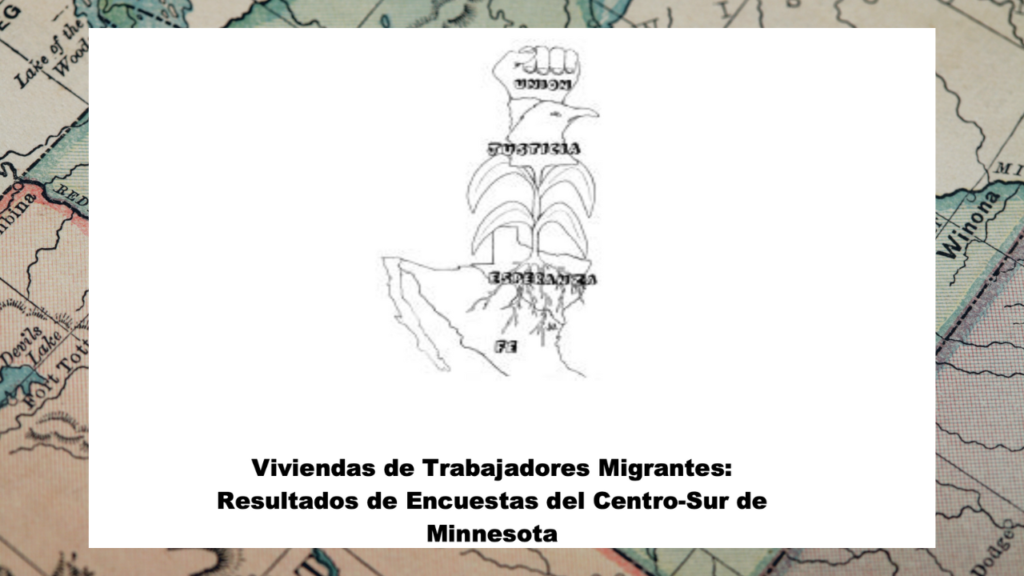
Throughout the country many have been taken by surprise by the new Census numbers indicating a high rate of growth in the Latino population. In some rural Minnesota communities, the Latino population now accounts for approximately one quarter of the community’s residents. Overall in Minnesota, the Latino population is estimated to account for at least 3 percent of the total population. Since the early diversification of these rural communities, there have been questions and struggles as these towns have sought to adjust to their changing demographics. This project seeks to identify and measure specific barriers and supports for community development for Latinos in Greater Minnesota.
Community development was examined in seven Greater Minnesota communities with terms relevant to the Latino perspective. The seven rural communities selected for this study are Willmar, Worthington, Albert Lea, Owatonna, St. James, Pelican Rapids and Long Prairie.
This study revealed much strength in these seven communities. Latinos bring a significant workforce, and business owners and other town leaders (city council members, school board members, etc.) understand the economic contributions of the Latino community. Residents express appreciation for the multiculturalism brought to town under the influence of the Latino culture. Educators and community leaders noted that the exposure to cultural and language differences gave children and families a more “realistic” view of the world.
Some communities have developed cultural diversity task forces and other initiatives to respond to the increasing diversity in these towns. Multicultural libraries are under construction in two of the communities, and people appear to be excited about these efforts. Latino organizations are emerging in some of the communities. These organizations hope to serve the entire community by offering a bridge and a path for career development for Latinos.
There is ongoing concern, however, about how the greater community views their relationship to the Latino community. Rochin & de la Torre (1991) suggest that this is critical in successful community development. Does the community view the problems of the Latinos as problems of the community?
